Review: ZTE Grand X Max 2 for Cricket Wireless
Jun 23, 2016, 2:00 PM by Eric M. Zeman
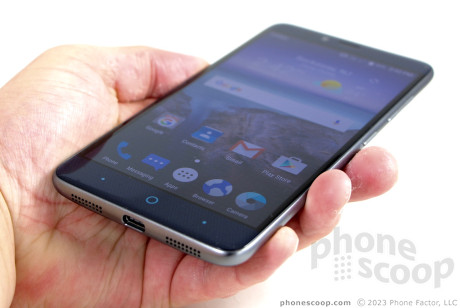
ZTE is looking to take the title of King Phablet with the Grand X Max 2 for Cricket Wireless. This enormous handset features a 6-inch screen, 3,400mAh battery, and Android 6.0 Marshmallow. Here is Phonescoop's full review of the ZTE Grand X Max 2.
Hardware
Is It Your Type?
The ZTE Grand X Max 2 is a massive phablet that Cricket Wireless is selling for a darned reasonable price. If you're in the market for a slick-looking smartphone with the biggest possible screen from a prepaid carrier, the ZTE Grand X Max 2 should be at the top of your list.
Body
There is a point at which phones can be too big. The Grand X Max 2 may pass that point for some, but not it's quite beyond it for me. It is one of the biggest phones I've ever used, surpassing giants such as the Motorola-made Nexus 6 and LG G Flex. ZTE could have relied purely on the size as the phone's main selling point and cheaped out on the design. Thankfully, it didn't. The Grand X Max 2 is a graceful giant.
I'm pleased ZTE opted to give the Grand X Max 2 a flash of personality. It's a slab, sure, but it's not a black slab. Most of the phone has a sparkly, blue diamond pattern that really pops when it catches the light. Sometimes, a little color goes a long way. The blue is complemented by a grayish frame and chrome accents. The shape is pretty basic, with rounded corners and a slightly curved rear surface that thins out as it approaches the sides. The ZTE Grand X Max 2 is the guy who wears a loud tie with his navy blue suit.
The phone is simply ginormous. It has a 6-inch screen and measures 6.46 inches tall by 3.3 inches wide. It's a respectable 0.35 inches (8.9mm) thick. It's also fairly heavy at 6.31 ounces. That makes it both bigger and heavier than the Grand X Max+ that it replaces in Cricket's lineup. My thumb can't reach even half the display; this is a two-handed phone all the way, and yet there's no stylus. I was able to cram Grand X Max 2 into the pockets of my favorite jeans and summer shorts, but the phone's size was always apparent as I walked around.
ZTE selected decent, if not the best, materials to form the Grand X Max 2's exterior. The front of the phone has what many phone makers market as "2.5D glass." This means the edges of the glass curve just a small amount right where the glass joins the frame. The frame is not metal; instead, ZTE picked polycarbonate to form the chassis. The edge is covered in a metallic-looking gray that is somewhat reflective, but not as shiny as chrome. The rear cover resembles glass, but is in fact plastic. ZTE put the phone together tightly. Seams appear uniform and the phone has a strength that boosts its perceived quality. It feels like a plastic phone, but a high-end plastic phone.
The bulk of this beast's face is the display. The side bezels are kept in check and the top/bottom bezels aren't too thick, either. I appreciate that. It's pretty easy to spot the gray-colored earpiece grille and the camera and sensor positioned close by. Three capacitive buttons are located below the screen, denoted with a small circle for the home button and two small dots for the back/multitask buttons. All three function as intended.
The combo SIM/memory card tray is tucked into the side of the phone and it's easy to use. The screen lock button and volume toggle are huddled next to one another on the right edge. ZTE put the screen lock button close to the middle. This button is a bit too small and is somewhat cheap-feeling. The profile is just barely adequate. The volume toggle, located above the screen lock, is a bit better. The up and down directionals bulge out a bit and are easy to tell apart. Travel and feedback was a bit more satisfying than that of the screen lock button. The stereo headphone jack is perched on the top edge.
ZTE made the jump to USB-C with the Grand X Max 2 (instead of the older but still more-common micro-USB.) The port is on the bottom of the phone, sandwiched between two sets of holes for the speakerphone. USB-C is the future, but the ecosystem is moving slowly. It may be harder for you to find cables and other accessories to work with the Grand X Max 2 at first.
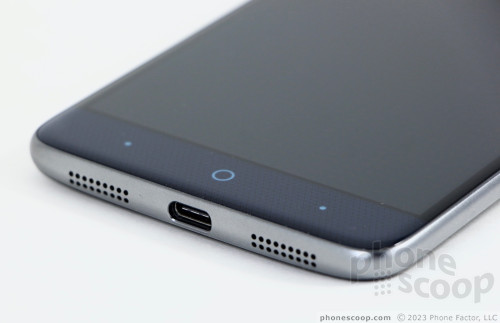
The Grand X Max 2's battery is sealed inside. That might be a dealbreaker for some people. As noted earlier, the rear surface features a reflective, blue diamond pattern. Cricket and ZTE logos are painted on. The two-camera setup is positioned near the top, with the LED flash splitting the two lenses. I like that the lenses have chrome rims to help them stand out. I don't like that the glossy plastic collects fingerprints as if that were its job.
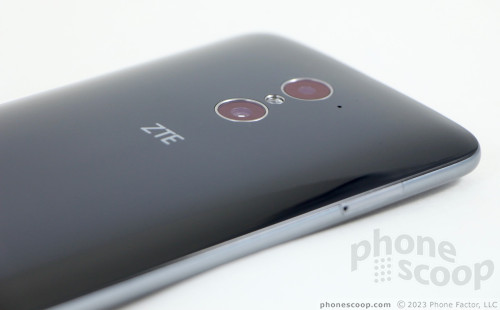
Overall, ZTE did a fine job with the Grand X Max 2. This humongous phone offers more screen and more visual flair than your average slab.
Screen
ZTE took the 6-inch display from the Grand X Max+ and improved the resolution from 720p to 1080p. The additional pixels make a huge difference. A screen this big is begging for full HD resolution and the Grand X Max 2 goes the distance. It may not be as pixel-rich as the quad HD displays on today's flagships, but the Max 2's resolution is more than adequate to ensure on-screen elements look smooth and sharp. I was pleased with brightness, too; the Grand X Max 2 produces more than enough light to dazzle your eyes inside and out. Viewing angles are quite good, as there's no blue shift and very little brightness loss when the phone is tilted. This screen is very good for this class of device.
Signal
Cricket Wireless operates on AT&T's network across the U.S. The Grand X Max 2 performed on par with other Cricket-branded phones I've tested in the metro NYC area. I didn't have any trouble connecting calls even under poor signal conditions. The phone held onto calls at highway speeds, and didn't drop calls while I reviewed it. It did miss one call that went straight to voicemail. The Grand X Max 2 performed as fast as it is allowed to on Cricket's LTE network (speeds are capped at 8 Mbps). Speeds were swift enough to handle Instagram and Twitter, but app downloads were often sluggish. Bottom line: the Grand X Max 2 is comparable to the best that Cricket offers.
Sound
The Grand X Max 2 is a decent voice phone. It's mostly loud and clear enough that I was able to hear and understand calls in most places I took the phone. City streets were often a bit too much, but coffee shops and the car weren't. I did have to keep the volume set all the way up at all times. I heard only minor distortion in the earpiece from time to time. Voices sounded warm and pleasant.
The speakerphone isn't as good. It's not loud enough, and not as clear as the earpiece, which means calls are harder to muddle through. The speaker generates enough noise for use at home or the office, but it's barely adequate for the car. The distortion could be mitigated a bit by turning down the volume. Doing so, however, made calls all but unhearable.
The vibrate alert is underpowered for a phone this heavy. I barely felt it.
Battery
The Grand X Max 2 stuffs a big 3,400 mAh battery into its frame, and it consistently delivered a full day of use over a week of testing. The Grand X Max 2 easily pushed from breakfast to bedtime, and often had power to spare. I was sure to activate all the radios, and I set the screen brightness to "auto" most of the time. The phone handled hours of YouTube videos like a champ.
The phone includes the system-level battery saver tool. You can turn it on manually or set it to come on automatically when the battery reaches a predetermined percentage. It cools down the processor, dampens screen brightness, and chills out the notifications. I doubt many people will need it.
ZTE included Quick Charge 2.0. That means the 3,400 mAh battery can go from 20% to 100% in under two hours. You can get a quick 40% charge in about 30 minutes.
Bluetooth, GPS, NFC, WiFi
I was able to pair and connect the X Max 2 to a wide variety of other Bluetooth devices. It worked with headsets, speakers, and cars without problem, and also managed to connect to other phones and PCs without issue. Phone calls with standard, mono headsets sounded good, but just short of excellent. Volume was the biggest issue. Calls were slightly better when pushed through my car's hands-free system, which helped alleviate the volume issue. Music sounded OK when went to a Bluetooth speaker, but it wasn't amazing.
The X Max 2's GPS radio interacted with Google Maps perfectly fine. The phone was generally able to locate me within a few seconds, and accuracy was as good as about 25 feet. When used as a navigation device it performed quickly and kept up with my real-time position as I drove around town.
The WiFi radio works perfectly. The Grand X Max 2 doesn't have NFC.
Software
Lock Screen
The Grand X Max 2's lock screen experience is similar to what we've seen from several other ZTE handsets over the last year.
Press the screen lock button to see the clock and notifications, as there are no tricks to wake the screen. The lock screen provides a large and easy-to-read clock near the top. Notifications are broken down by app and listed in chronological order underneath the time. As always, you can select how revealing those notifications are.
Be default, the Grand X Max 2 requires a long press on the lock screen to unlock the handset. You can alter this to a PIN, pattern, or password if you want. The phone doesn't have a fingerprint sensor, so those are your only options.
The lock screen also provides the typical shortcuts to the phone and camera apps. Oddly, using the camera shortcut always opens the camera in selfie mode. This cannot be changed.
Home Screen
The Grand X Max 2 runs Android 6 Marshmallow with a noticeable interface skin from ZTE.
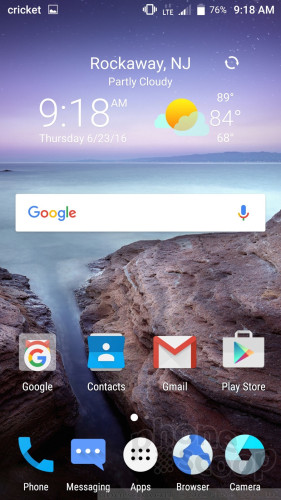
The home screen panels and app drawer have their own appearance thanks to ZTE's fonts and colors. The app icons are big, bright, and cartoonish. Two home screen panels are active out of the box, but these can be customized as per the norm. That means wallpapers, app shortcuts, and widgets are all up to you.
The settings menu is that of stock Android (green text on a white screen), but the Quick Settings tool has been adjusted to match ZTE's fonts and semi-transparent theme. One nice change is that ZTE allows Grand X Max 2 owners to re-arrange the Quick Settings panel.
The Grand X Max 2 includes a couple of themes: normal and sport. The sport theme makes the phone look like it belongs on the bench with the New York Knicks basketball team (ZTE sponsors the Knicks.) No, there is no Cleveland Cavaliers theme. ZTE's interface also allows users to select from several different screen animation styles.
By default, the capacitive keys below the screen are back, home, multitask, but you can swap back and multitask if you want.
Mi-Pop is the one unique, new feature in ZTE's user interface. When enabled, Mi-Pop places a little, floating circle on the screen. You can position the circle anywhere on you prefer. The default action, when pressed, is to go back a screen. If you long-press the Mi-Pop button and slide it to the left, three other options (home, menu, multitask) appear. ZTE is pitching Mi-Pop as a tool for one-handed use. I got sick of it after 30 minutes and turned it off.
The Grand X Max 2 has a Snapdragon 617 processor under the hood. This is Qualcomm's current mid-range processor. The 1.5 GHz octa-core engine is more than powerful enough when it comes to motivating the Grand X Max 2. Performance was smooth across the board. I didn't see any issues when transitioning between screens, jumping to other apps, or playing some of the preinstalled games.
Camera
The Grand X Max 2 doesn't have a camera button, so you have to use the shortcut on the lock screen or the normal icon on the home screen. Thankfully the camera app starts quickly.
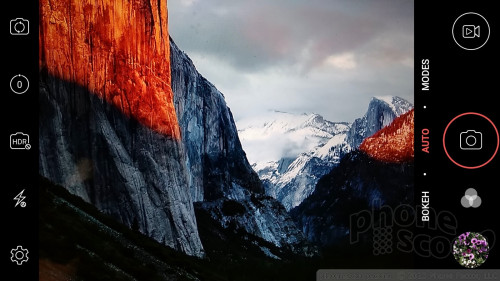
ZTE's current camera app has one maddening feature that cannot be changed: when opened, it defaults to the user-facing / selfie camera, and not the rear camera for taking normal photos. If you want to take a photo of something other than yourself, you have to open the camera app and switch it to the rear camera.
According to ZTE, this is the way the phone is designed because Millennials are all about the selfie. I guess I'm not a Millennial. Regardless, a smarter app would simply default to the last-used mode. ZTE's setup defies logic.
The camera includes a handful of toggles for some features (timer, flash, rear cam) and separate buttons for the camera and video camera. The Grand X Max 2 has five shooting modes: auto, bokeh, manual, panorama, and multiple-exposure. Most of these are self-explanatory.
The bokeh mode is assisted by the secondary rear camera, which captures depth-of-field information. This lets you create some images with distinct in-focus and out-of-focus areas. There is a sliding aperture tool when shooting in bokeh mode to control just how narrow the depth-of-field is. The smaller the aperture, the smaller the area of the photo that will be in focus. You need to be within six feet of your main subject for bokeh mode to produce any real effect. It's not easy to master in one attempt; you'll probably need to take several shots before truly understanding how this tool works. It could be easier.
The multi-exposure mode does pretty much what the name implies: you take two pictures and overlay them in a handful of different ways to create a single image. Multi-exposure produces some unique images, but it's complicated and you really have to practice to get the hang of it.
The manual mode is great for people who want to take a little more control. It allows you to adjust shutter speed, white balance, ISO, exposure, intervals (for timelapse), and focus. The manual mode includes an always-on grade tool on the screen to help ensure the shot is level (if you want it to be).
You can also simply fire away in auto mode and ignore the advanced functions completely.
The deep settings controls are maddening to use. They appear on the screen in a series of transparent drop-down menus and are nearly impossible to see/read. The white text is often lost entirely. I wish ZTE would change this. These tools do allow you to set the image size and aspect ratio, geotagging, grid lines, and so on.
The Grand X Max 2's camera could be easier to use. The interface is a bit fussy and can be hard to see in some lighting. Moreover, the camera itself is too slow to focus and capture pictures.
Photos/Video
The 13-megapixel sensor occasionally takes good pictures. Exposure and white balance were often on point, but focus was problematic. In the sample photo with the purple flowers, the phone was unable to focus at all because the flowers were swaying a little in the wind. As long as everything is perfectly still, the Grand X Max 2 manages to sharpen up images (see the Legos). Introduce even a little movement, and things fall apart. I was most pleased with the color in images I took. The Grand X Max 2 did a great job recording the color of the sky and grass on the day I took samples.
The 8-megapixel selfie cam does a decent job. You can see in the sample below that it underexposed the background a bit, and I'm not quite as sharp as I should be.
Overall, the Grand X Max 2 might be good enough for everyday shots (scenery, perhaps, but not quick-moving kids), but I'd turn to a real camera for important stuff.
The same goes for video. The Grand X Max 2 can capture video up to 1080p HD and it is pretty decent. As is often the case, the video camera software is able to improve upon the camera's focusing issues; most of the video is properly focused and exposed. White balance is accurate, too.
ZTE / Cricket Stuff
The Grand X Max 2 has a few too many apps preinstalled, especially considering that none of them can be deleted. Cricket-branded apps include Cricket Rewards, MyCricket, and Visual Voicemail. Other additions taking up space number AskMD, Candy Crush, Clean Master, Deezer, Dice with Buddies, Dolby Audio, Mobile Strike, Words, and Yahtzee. The Grand X Max 2 has 16 GB of internal storage and you have access to 9 GB of it. You're going to need to make use of that memory card support.
Wrap-Up
Cricket Wireless is selling the ZTE Grand X Max 2 for $200. That's a great price considering all the X Max 2 brings to the table.
This gigantic phablet delivers on the two most important functions of big-screened phones: a solid viewing experience and full-day battery life. The Grand X Max 2 lets you enjoy YouTube, Netflix, and other video content for hours, and looks great doing it. Other features are more inline with the phone's price point.
For example, the phone has some color to it, but is made of plastic, not glass. The cellular radio does well for a prepaid device and voice quality was decent. The user interface offers lots of room for customization and performance is smooth. The phone has limited storage, but supports memory cards. The camera app is confusing and sometimes slow, which results in smeared pictures, but video looks good.
Many of the phones in Cricket's lineup cost between $80 and $250. The $200 ZTE Grand X Max 2 is a fair value when compared to other Cricket smartphones. If you live by the bigger-is-better mantra, than the Grand X Max 2 is a solid pick.

Comments
No messages


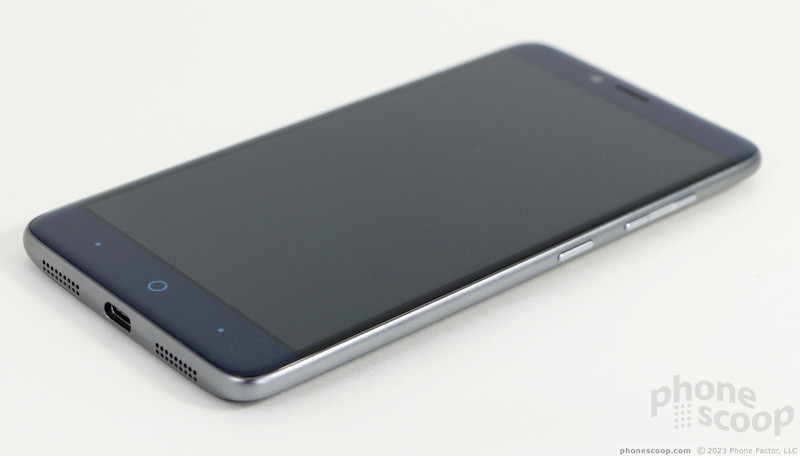















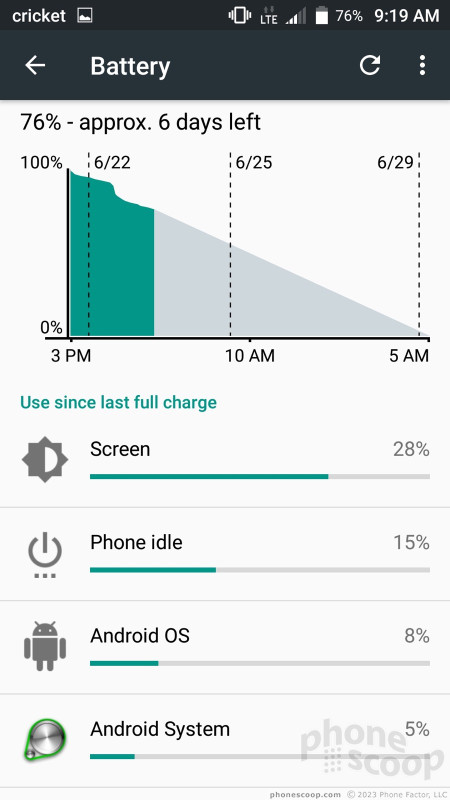


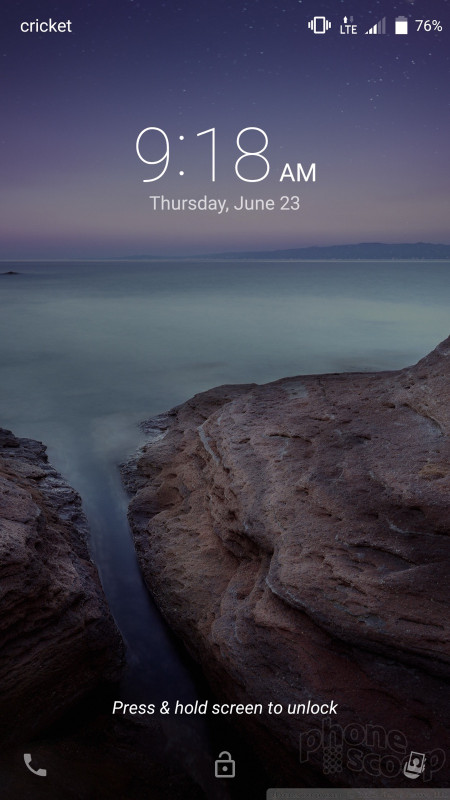




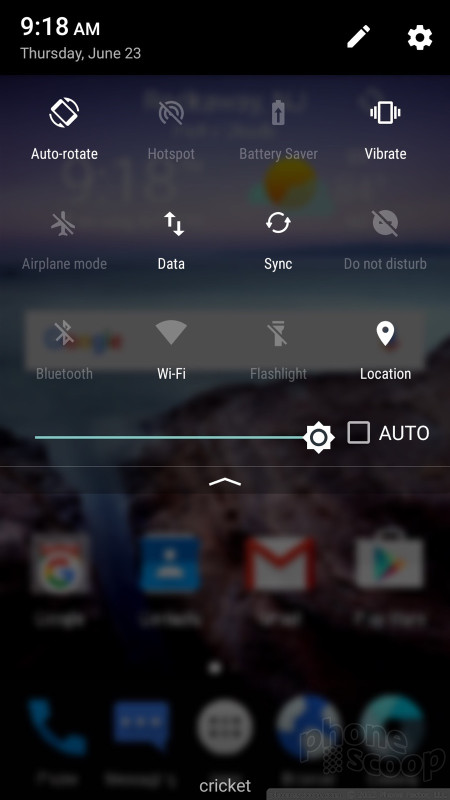





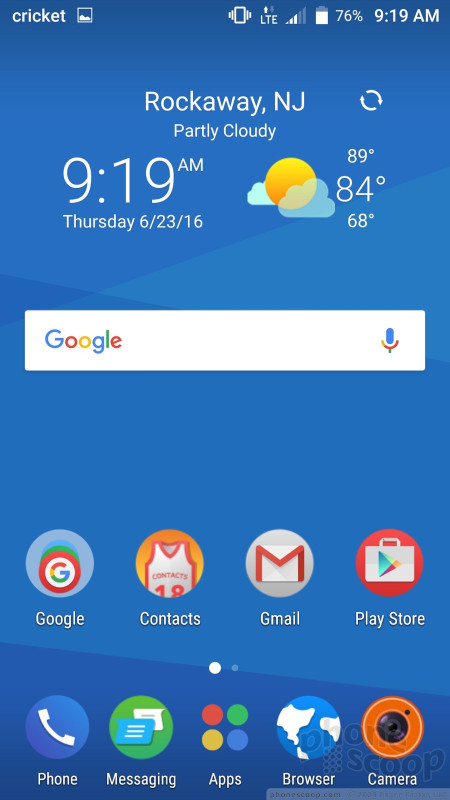




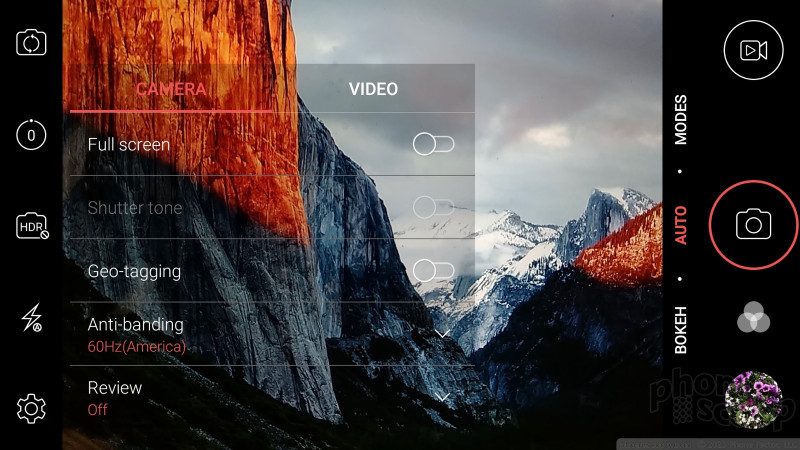






















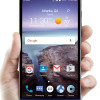 ZTE Brings Dual-Camera Grand X Max 2 to Cricket
ZTE Brings Dual-Camera Grand X Max 2 to Cricket
 iPhone 14 Plus Offers a Big Screen For Less
iPhone 14 Plus Offers a Big Screen For Less
 iPhone 15 Series Goes All-In on USB-C and Dynamic Island
iPhone 15 Series Goes All-In on USB-C and Dynamic Island
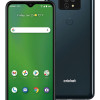 Cricket Goes for Another Ovation
Cricket Goes for Another Ovation
 AT&T's Newest 5G Phone is Just $90
AT&T's Newest 5G Phone is Just $90
 ZTE Grand X Max 2 / Imperial MAX
ZTE Grand X Max 2 / Imperial MAX




